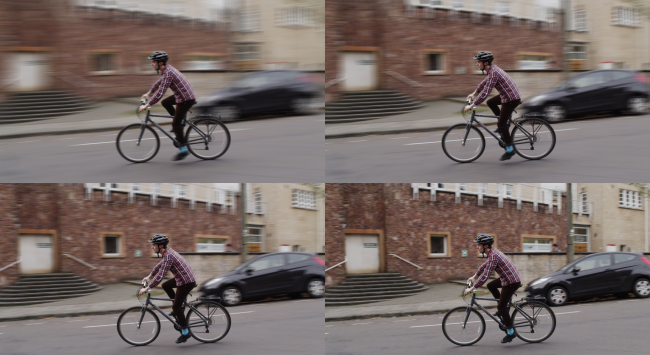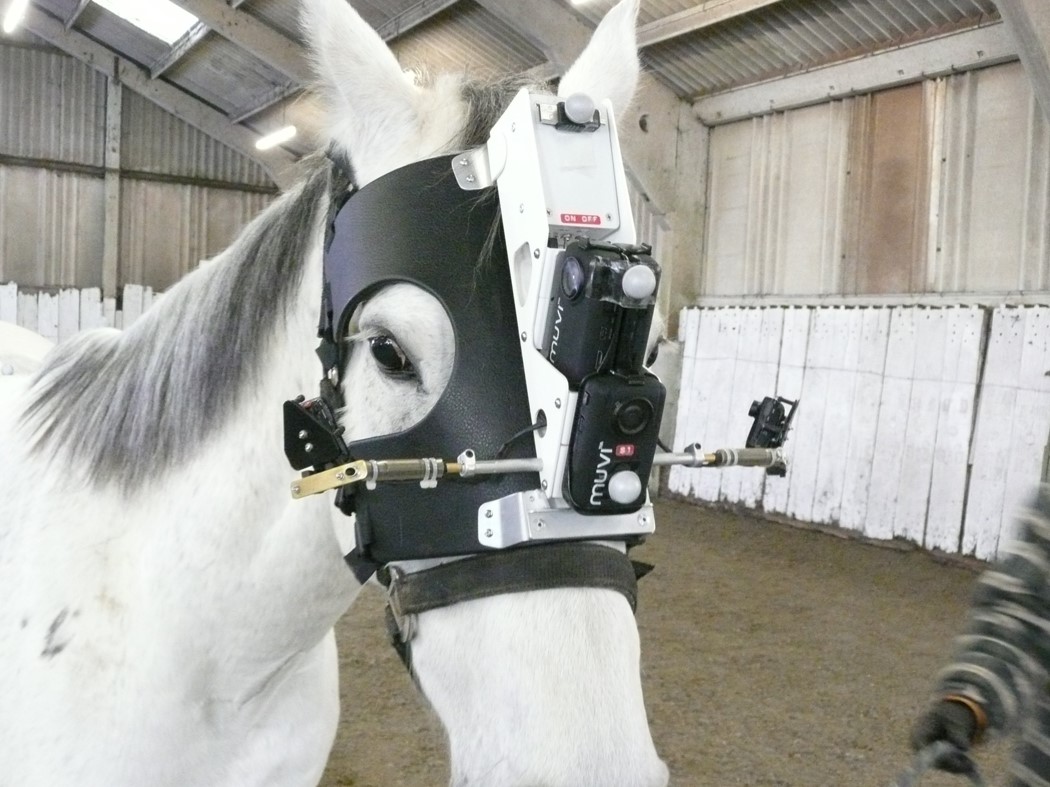More immersive video formats

As the demand for higher quality and more immersive video content increases, the need to extend the current video parameter space, in terms of its spatial resolution, temporal resolution (frame rate), dynamic range and colour gamut, becomes ever greater.
For example, the use of increased frame rate can provide a more realistic portrayal of a scene through a reduction in motion blur, while also minimising temporal aliasing, and the associated visual artefacts, giving a greater sense of depth. BVI research led by David Bull, with Alex Mackin and Iain Gilchrist, in collaboration with BBC R&D (Katy Noland) has investigated the limits of human perception in terms of temporal sampling, discovering that critical frame rates up to 700Hz are possible, significantly higher than those in current use today.
Furthermore this work has led to new adaptive methods that ensure perceptually optimised video acquisition. BVI has also produced the first publicly available high frame rate video database, containing 22 unique HD video sequences at frame rates up to 120 Hz.
More recently, Researchers in BVI have developed a new learning-based video frame interpolation algorithm, which can generate high frame rate videos from lower frame rate content. This approach offers superior performance over current state-of-the-art frame interpolation methods, and has been published by IEEE/CVF Computer Vision and Pattern Recognition (CVPR) Conference 2022.
